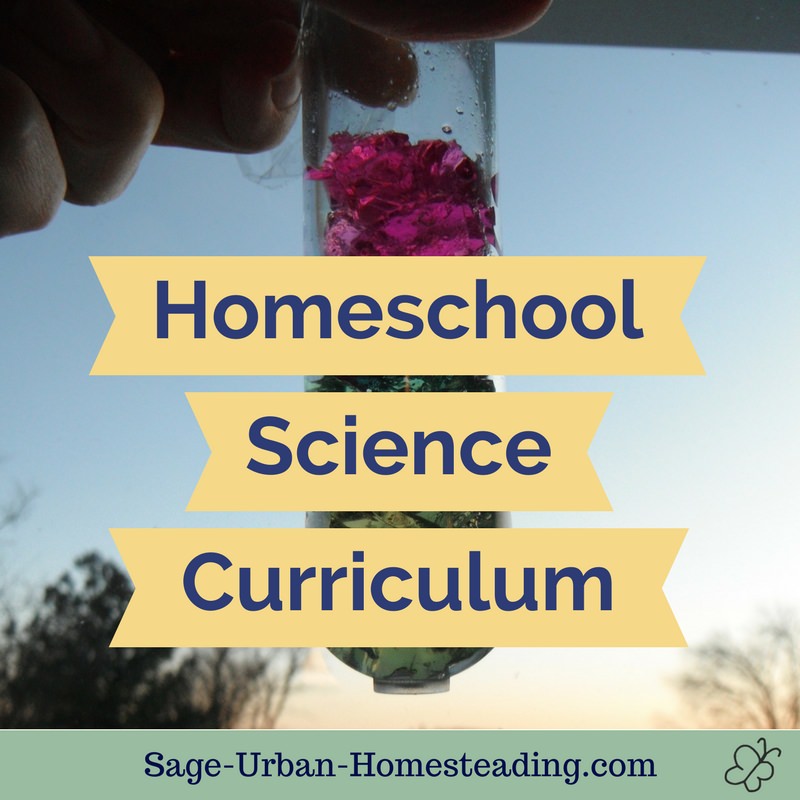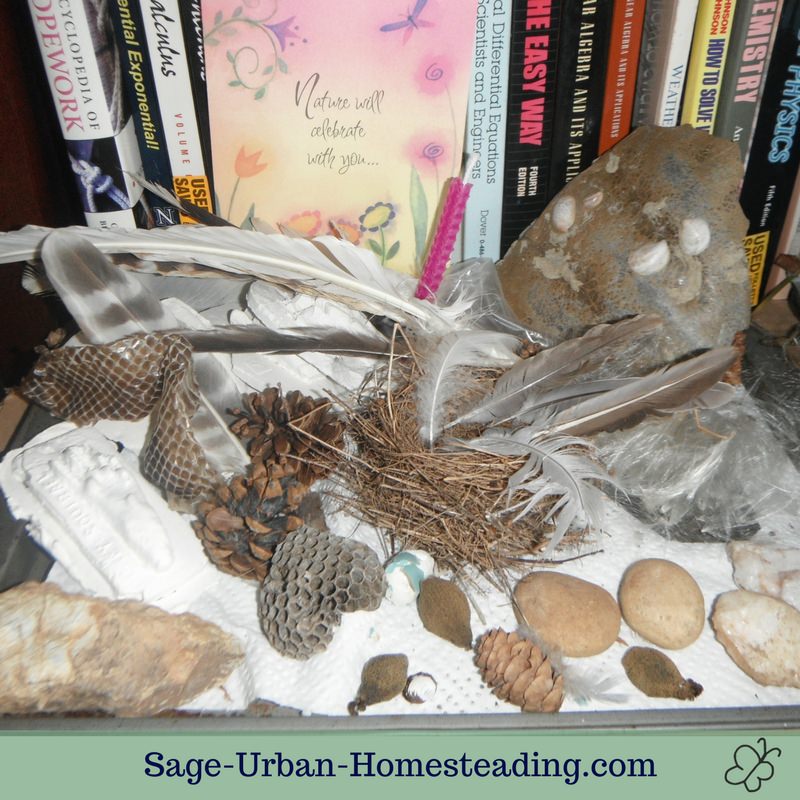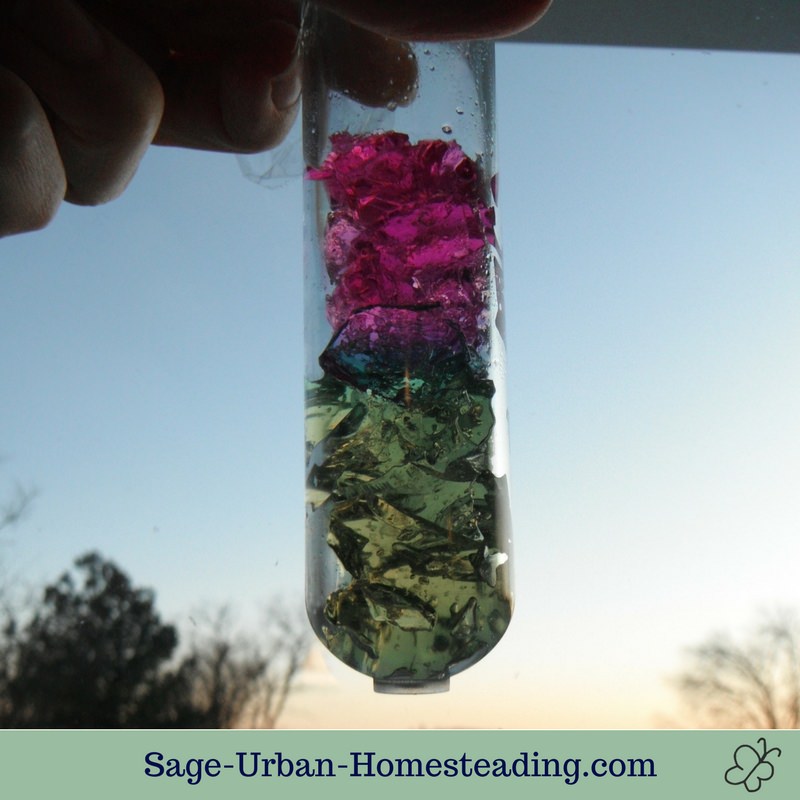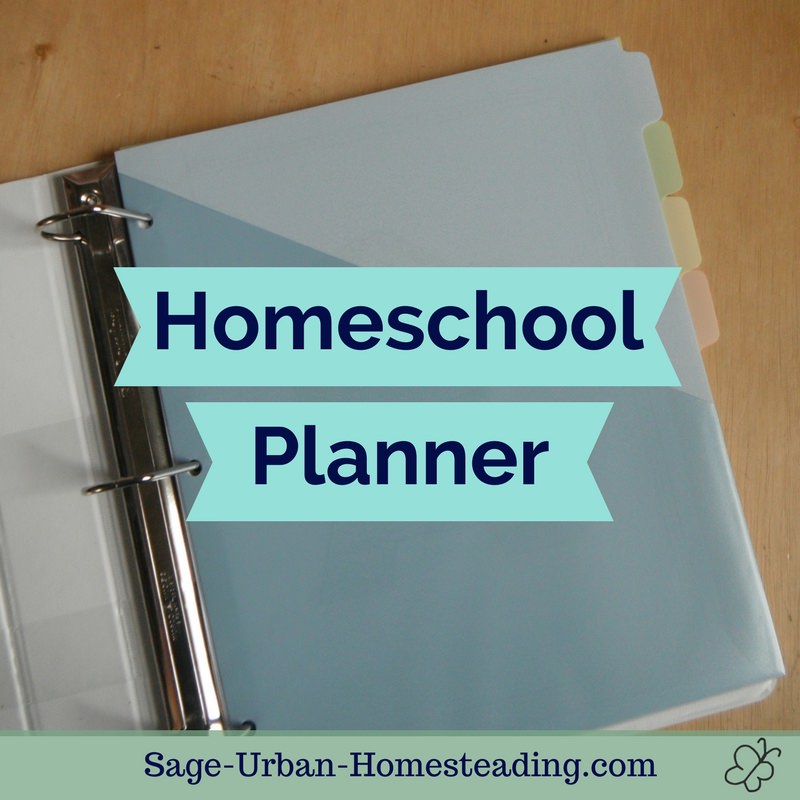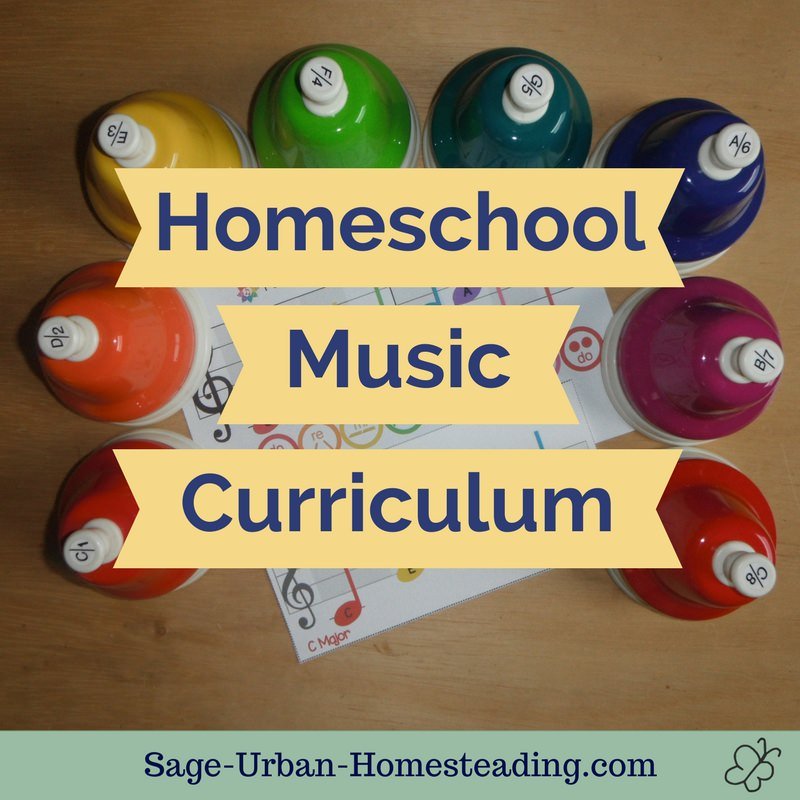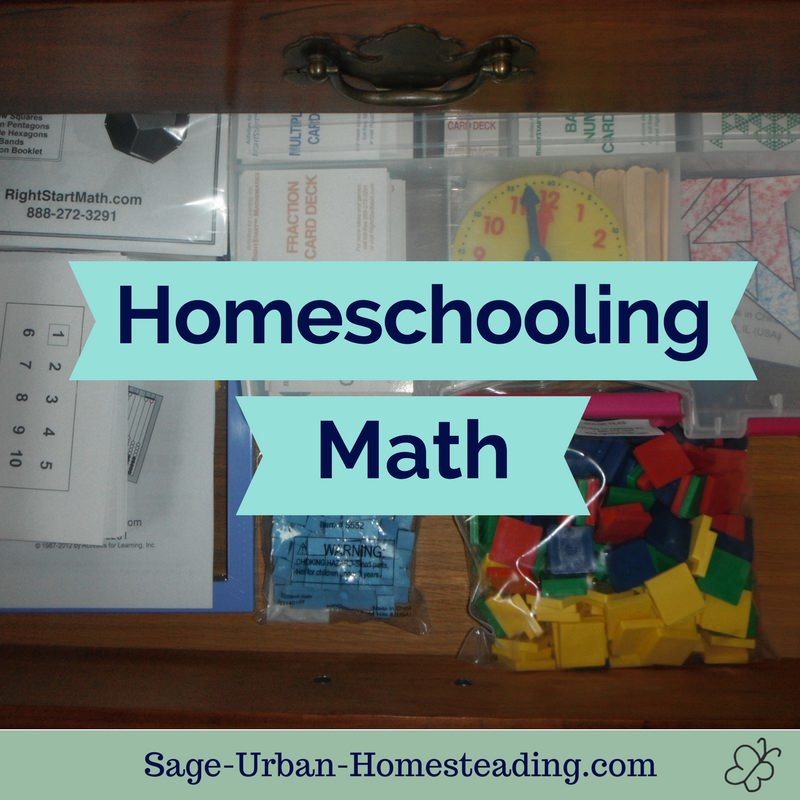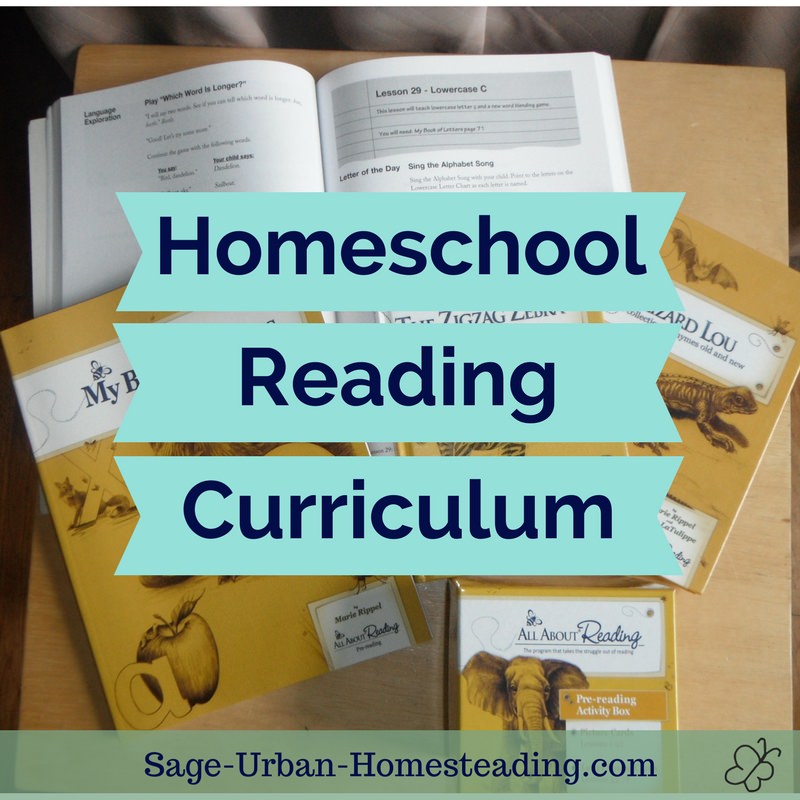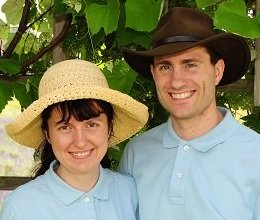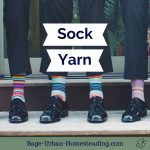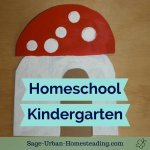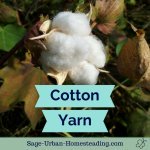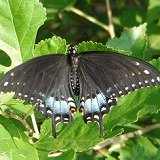FYI: I earn a small commission from some links and advertisements.
- Home
- Homeschooling
- Science
Homeschool Science Curriculum
There are a lot of really neat homeschool science curriculum kits I've seen where they mail you supplies for STEM or chemistry every month, but what do you do for younger children or for more affordable daily activities?
You can look at your state standards to see what topics are covered in your local public schools for each grade, but this often changes every few years as they modify the curriculum.
Becoming Interested in Science
We are following Waldorf principles, so there are guidelines about which area of science is most developmentally appropriate at which age. For young children, nature observation and seasonal changes are very important. It's also important to keep it playful and develop a sense of wonder instead of jumping into technical explanations.
Ask the child "What do you think?" and help them verify or disprove their own theories.
The Reggio Emilia educational approach is similar. It encourages exploration and investigation. You do your own experiments related to their curiosities, not necessarily a curriculum book developed by someone else, although they can be a good source of ideas and serve as a general guideline.
I really like the Science in Seconds and Junk Drawer Science books.
Our Nature Tray
How do you reconcile this playful science exploration with the county's requirements to do the "core four" daily? We do exactly what the Waldorf philosophy recommends: we go for a daily walk. We have a nature tray to collect the treasures we find.
Right now, our nature tray has a bird nest, wasp nest, feathers, rocks, snake skin, robin's eggshell, milkweed fluff, pinecones, and sea shells.
I'll admit it's a bit messy. A true Waldorf nature table changes with the seasons. We need to do that as part of our kindergarten curriculum, so we actually have added what we call the nature scene. This is where we display our relevant discoveries from walks and small crafts (such as beeswax models) each month.
The nature tray as we've known it is more of a place for collections and a place for specimens to be stored, which is how we've been using it.
Notebooks for Our Homeschool Science Curriculum
I like how the Charlotte Mason style encourages keeping a nature journal. We'll do that when we're old enough. The Waldorf way is similar, making your own textbook to record what you learn that is interesting and useful to you.
Kindergarten and Preschool Science
So there's this odd time before young children are ready to keep their own books and take notes, but they are definitely able to observe, explore, and do experiments. During this time, we do artwork and keep an interactive notebook together. I see it as the transition to learning how to keep your own notebook later.
I went through the Kindergarten STEM book and Kindergarten Science Interactive Notebook and matched up the things that I thought would go well together for our homeschool science curriculum. I stayed away from all the interactive notebook activities related to sight words and reading -- I was looking for things with pictures. I fit these into our schedule on the calendar and made a table of contents which I glued into a blank, unlined notebook.
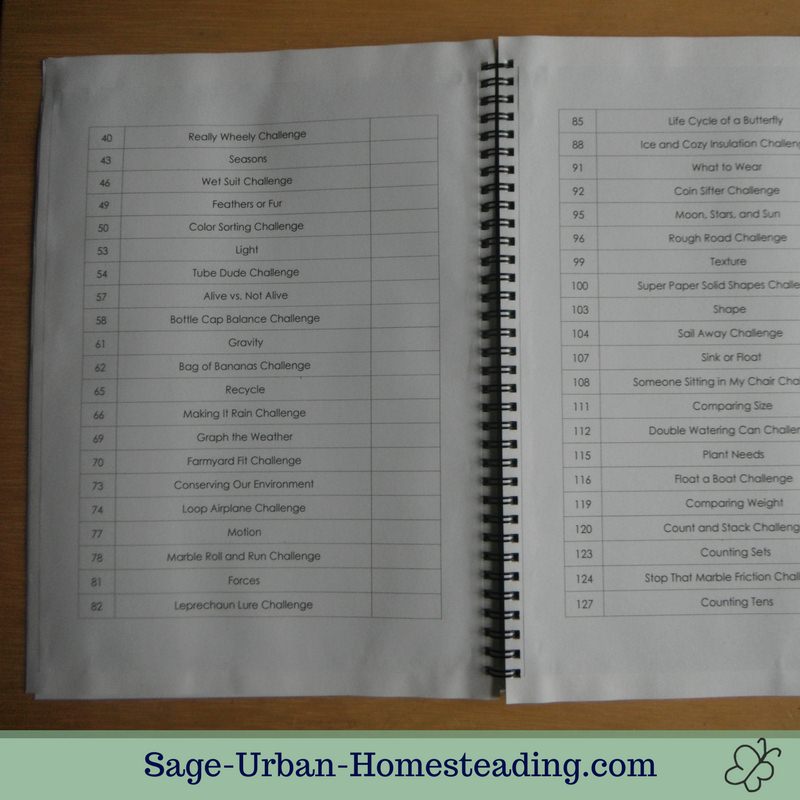 The "Challenge" pages are for STEM activities and the others are corresponding Interactive Notebook displays.
The "Challenge" pages are for STEM activities and the others are corresponding Interactive Notebook displays.All we have to do is follow my calendar and add the dates when things are actually completed. I am still flexible to move activities in our schedule if something comes up as a good topic or area of interest, and later we can see what topics we haven't yet covered.
I got the pages ready and will act as note taker for the STEM activities so she only has to answer all those questions orally. She'll draw her diagram and do the coloring, cutting, and gluing for the Interactive Notebook pieces.
We'll end up with a year of predictions and lab notes all dated and ready for the homeschooling portfolio, and she won't get bored with repetitive worksheets.
Meanwhile, our homeschool science curriculum also includes learning science from just plain playing, experimenting, and having fun!
- Chemistry from the Mind Blowing Science kit
- Physics from the Marble Genius Super Set marble run
- Biology from helping in the garden, processing honey, and caring for silkworms
